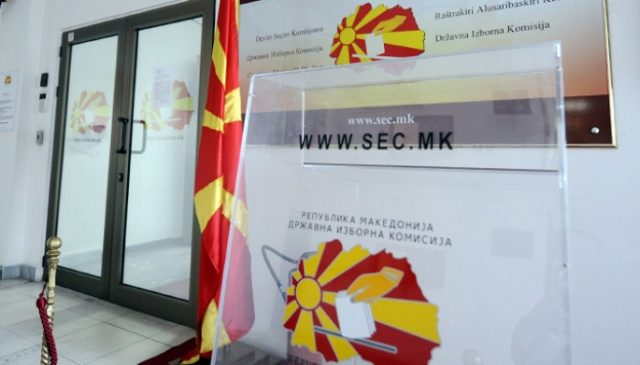The country is characterized by significantly above-average proportionality according to three key elements of electoral models: size of electoral units, electoral threshold and number of deputies. The only exception to this high proportionality is the use of D’Hondt election method, which is considered the least representative among the proportional election models, but also the most frequently used in Europe.
This was revealed by the research “North Macedonia on the European electoral map: How proportional is the Macedonian electoral model?” by the political scientist Kristijan Fidanovski and the head of the Center for Parliamentary Support and Democratization within the Institute for Democracy Societas Civilis (IDSCS), Vlora Rechica. according to which, the current electoral model is among the most favorable in Europe, i.e. one of the models that allows more parties in the Parliament, which makes it relatively more favorable for the smaller parties.



